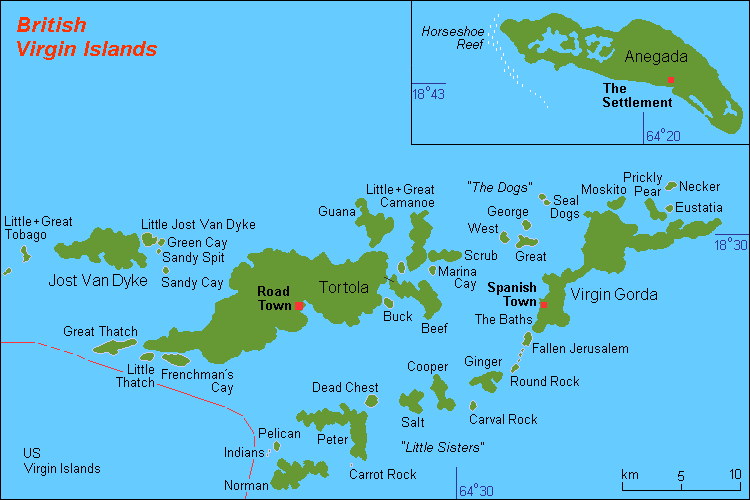cão (P)
dog (E)
chien (f)
cagna/cane (I)
perro (S)
the dogs, British Virgin Islands
And you thought we were going to talk about “humankind’s best friend”? The Dogs are a group of five unoccupied islands, really islets, located in the British Virgin Islands (the BVIs to you yachties), an area well known for great sailing, swimming and diving. The BVIs are located east of Puerto Rico at the top of the Leeward Islands. They were the location of the second season of Bravo’s Below Deck, which starred the motor yacht Ohana.

The Dogs consist of the following islets: Great Dog; George Dog; West Dog; and the two Seal Dogs (East and West). Rounding out the Dogs is … no, not Cat Island, but rather, Cockroach Island. (We’re not going to discuss why that name.) But the story goes that the Dogs got their names from sailors who mistook the barking of Caribbean monk seals (now officially extinct) for dogs. The Dogs are located at the entrance to Sir Francis Drake Channel, once known as Freebooter’s Gangway (more on freebooters later), which spectacularly separates Tortola from Virgin Gorda and its smaller southern islands.
Sailing in the Sir Francis Drake Channel, British Virgin Islands
And why, you may ask, was Francis Drake a Sir and why was a channel named after him? Well, born in 1540, Francis Drake, among other things, captained the first British expedition to circumnavigate the world between 1577 and 1580. His flagship was the Pelican, later renamed the Golden Hind. (Circumnavigate being a fancy word for “to go around”, especially by water. Get it, circumnavigating the globe is primarily following various degrees of latitude until you get back to the place from which you started.) The first circumnavigator was Ferdinand Magellan, who made it part way, and, whose surviving crew, after Magellan’s death, returned to Spain in 1522.
Drake’s ship, the Golden Hind, was a privateer; a privately owned armed ship which had permission from a government, in his case, England, to engage in war, and particularly to capture merchant ships, with the right to part of the cargo. By contrast, a freebooter was essentially a pirate who had no governmental permission to take all the cargo they captured. Since ships often entered into the Caribbean Sea by sailing down the Sir Francis Drake Channel past Virgin Gorda and Tortola, freebooters found it a profitable place to operate, hence, the name Freebooter’s Gangway.
Back to Sir Francis, who was knighted by Queen Elizabeth I in 1581 and assisted in the defeat of the Spanish Armada in the English Channel in 1588. Unfortunately, as a very young man, he served as crew on several slave trade voyages organized by his cousin between West Africa and England. For this reason, a number of places bearing his name (schools, streets, hotels, etc.), particularly in California, where he stopped on his circumnavigation, have been renamed.
Okay, there is something to say about humankind’s best friend for all of you dog lovers out there. One of the more amusing place names your host has come across is Dog in a Doublet Sluice in Peterborough, United Kingdom. The doublet, a man’s tightly fitting jacket, is a clothing item with which Sir Francis would certainly have been familiar. But according to a dictionary from 1811, a dog in a doublet was someone who was daring and resolute. Why? Well, supposedly in Germany and Flanders, the boldest dogs were used to hunt wild boar and had a kind of doublet buttoned on to their bodies, perhaps for protection. (All right you lawyer readers, an actual citation to make you feel warm and fuzzy! The definition of dog in a doublet comes from the 1811 Dictionary of the Vulgar Tongue, originally by Francis Grose). Circumnavigating the earth in the 1500s surely required daring and resolution so perhaps Sir Francis was “a dog in a doublet”.